In the middle of the most chaotic presidential election in the modern era, with its death race through senility, assassination attempts and a manufactured coup, voters can be forgiven for their lack of focus on the partisan makeup of the United States Senate. But when it comes to what a Trump or Harris presidency could achieve, the answer may be determined by a handful of extremely close senatorial elections where a dearth of reliable polling has even longtime political insiders flying blind.
Democrats have held the Senate since 2021, thanks to Republicans’ bungled attempt to hold on to two key seats in Georgia in the wake of Donald Trump’s attacks on early voting and mail-in ballots. GOP efforts to retake the body in 2022 were hampered by multiple pro-MAGA candidates who triumphed in GOP primaries, regardless of their ability to raise funds or campaign successfully with the broader electorate.
In that cycle, National Republican Senatorial Committee head Rick Scott of Florida chose the novel approach of staying out of the nomination process, resulting in Trump’s vociferous recommendation of a number of candidates who lacked both cash and mainstream appeal. The story of 2022 zigzagged between candidates with no personality (Arizona’s Blake Masters), too much personality (Georgia’s Herschel Walker) or television personality (Pennsylvania’s Dr. Oz). This time around, new NRSC head Steve Daines of Montana has stuck to the fundamentals, backing candidates the national party deems more capable of self-funding or winning over swing voters — and it’s one reason the odds strongly favor a Republican takeover, regardless of what happens in the presidential race.
The highest chance for a Republican flip from a Democratic incumbent is in Daines’s own home state, where the rotund Jon Tester with his hang-loose hand motions (he lost three fingers in a meat grinder accident) and his perfectly square flat-top is headed to the exit. After eighteen years in the Senate, Tester is widely expected to lose to the thirty-years-younger Tim Sheehy, a handsome Navy SEAL with a strong résumé. “The hay is in the barn on that one,” a Republican consultant tells me. “So Democrats are scrambling to find another race they can claim, at least to their donors, could be competitive with the right amount of cash.”
The 119th Congress will also bring replacements for the Senate’s two most powerful Independents, Joe Manchin and Kyrsten Sinema. West Virginia’s Manchin, who toyed with the idea of running as a third-party candidate when the race was between Joe Biden and Trump, is retiring, and popular governor (and fellow former Democrat) Jim Justice is miles ahead of little-known Democrat Glenn Elliott. In Arizona, even with its high number of political independents, Sinema’s unique positioning and quirky vibes made her reelection a virtual impossibility. She’s likely to be succeeded by Democrat Ruben Gallego, a progressive member of the House who’s successfully used his military background to fend off charges of radicalism — and has the good fortune to be running against MAGA-retread Kari Lake, who’s spent more time posing at Mar-a-Lago than she has pounding the Phoenix pavement.
The stretch of more competitive races takes in multiple states where the presidential outcome could make a difference. In the once and future blue wall of Pennsylvania, Michigan and Wisconsin, Democrats could see their fortunes turn on whether Trump’s margin is sufficient to buoy up Republicans there. The GOP is most hopeful for success in Michigan, where Mike Rogers — a former congressman, House Intelligence Committee chair and occasional Trump critic — has raised stacks of cash in a race against Representative Elissa Slotkin to succeed the retiring Democrat Debbie Stabenow. A Trump effort that keeps things close in Michigan could be enough to send Rogers back to Washington.
In Ohio, J.D. Vance’s colleague Sherrod Brown has repeatedly proven to be a political survivor, besting multiple well-funded GOP campaigns. This time around, he faces Colombian immigrant turned car dealership king Bernie Moreno in what has become far and away the most expensive race of the cycle. As of August, combined spending in the race had reached more than $310 million — $100 million more than Pennsylvania’s second place — all for a Moreno lead that remains within the margin of error. If Brown goes down, combined with the expected results in West Virginia and Montana, Democrats realistically have no path to hold on to the Senate, and it becomes a question of how big a majority Republicans can rack up.
The edge cases for Republicans, though, seem unlikely. In bright-blue Maryland, popular former governor Larry Hogan, an anti-Trump Republican who dabbled with running for president on the No Labels ticket, was a prime target for Daines’s recruiting effort. His decision to run despite the fact that no Republican has held a Maryland Senate seat since 1987, paired with the additional wrinkle of sharing a ticket with a presidential candidate who openly despises him, is an effort to push the border of potential GOP gains, requiring significant investment to hold what would otherwise be a safe Democratic seat. And in still-blue Nevada, Army veteran Sam Brown, scarred from his time in Afghanistan, has tried to make a race of it against Democratic incumbent Jacky Rosen in a state Trump desperately wants to win. But Washington Republicans expect both to fall short, even if their candidacies are more competitive than the typical skew of each state would indicate.
For Democrats looking at the map, the path to keeping Majority Leader Chuck Schumer in power seems slim indeed. It has them hoping against hope they can make races in Florida or Texas close enough to squeak through. Michigan senator Gary Peters, the Democratic Senatorial Committee chair for this cycle, told Axios that Florida and Texas “are real and we hope to get resources into those states.” But Florida’s bright-red culture should save Rick Scott’s reelection campaign effort — and in Texas, where Trump should win easily, Ted Cruz remains the Great White Whale of the national Democratic donor class, pulling off repeated wins despite his personal unpopularity.
The Cruz race is the only incumbent-featuring one Republican consultants are worried about, in part because Democratic challenger Colin Allred, a former football player turned member of Congress, has positioned himself as a normal-guy centrist, with nothing like the cult of personality that surrounded Beto O’Rourke. Allred doesn’t aspire to Kennedyesque posing for Annie Leibovitz; he’s just concentrating on depicting Cruz as too focused on national media to pay attention to the priorities of Texans. The incongruity of Allred’s line is that, since the failure of Cruz’s presidential campaign in 2016, he’s actually become a much more state-focused senator — leading the way on bipartisan legislation on the Federal Aviation Administration and CHIPS permitting reform, and positioning himself to take over the powerful Commerce committee in a GOP Senate. Touting those accomplishments, as swampy as they may sound, could be the key for Cruz to make a close election less about him as a person and more about what he can do for Texas.
By now, Republicans at all levels are used to the baggage they pick up navigating the challenges of the Trump era — probably none of them expected questions about Haitian migrants eating cats and dogs. But there’s a trickle-down effect on the Democratic side, too. Kamala Harris, in an interview with a Wisconsin public radio station, re-endorsed the idea of getting rid of the Senate filibuster — framing the dumping of the filibuster as something done for the single issue of codifying Roe v. Wade. Besides the fact that this would be logistically impossible, dumping the filibuster would open the door for Republicans to pass a nationwide abortion ban, as Sinema promptly pointed out. In typical Kamala fashion, Harris has previously endorsed getting rid of the filibuster for “voting rights” and for the “Green New Deal” — and prior to that, signed a 2017 bipartisan letter along with sixty fellow senators emphatically supporting the filibuster. One of her fellow signatories, then-Democrat Joe Manchin, announced in response to her flip-flop that he could not support her for the presidency. Harris’s position now presents a new avenue for attack on Democratic candidates, and Republican consultants plan to use it. “She’s made clear she wants to pack the court and get rid of the filibuster to do every radical thing she used to support, and pretends not to support now,” one campaign advisor said. “That’s a live issue for every Senate campaign.”
Of course, given the map, the trajectory of these races, and the higher quality of many Republican candidates this cycle, getting rid of the filibuster might be the last thing in the world Democrats want to do post-Election Day. Whatever the outcome at the presidential level, a Republican Senate with new blood and new management seems a much stronger bet than anything else in this cycle of chaos. Whether that power is used to implement a more aggressive Trump agenda or to block Harris’s attempts to push policy further left, it’s the one thing this year that gives Washington Republicans hope to avoid wandering too long in the wilderness.
This article was originally published in The Spectator’s November 2024 World edition.



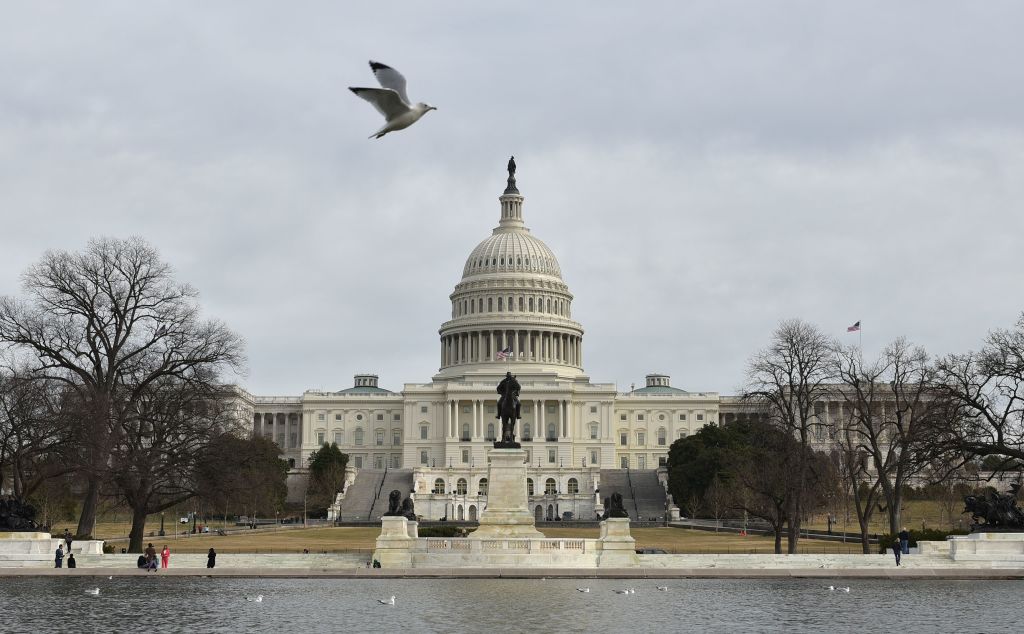






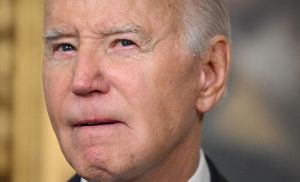

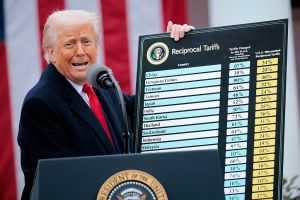


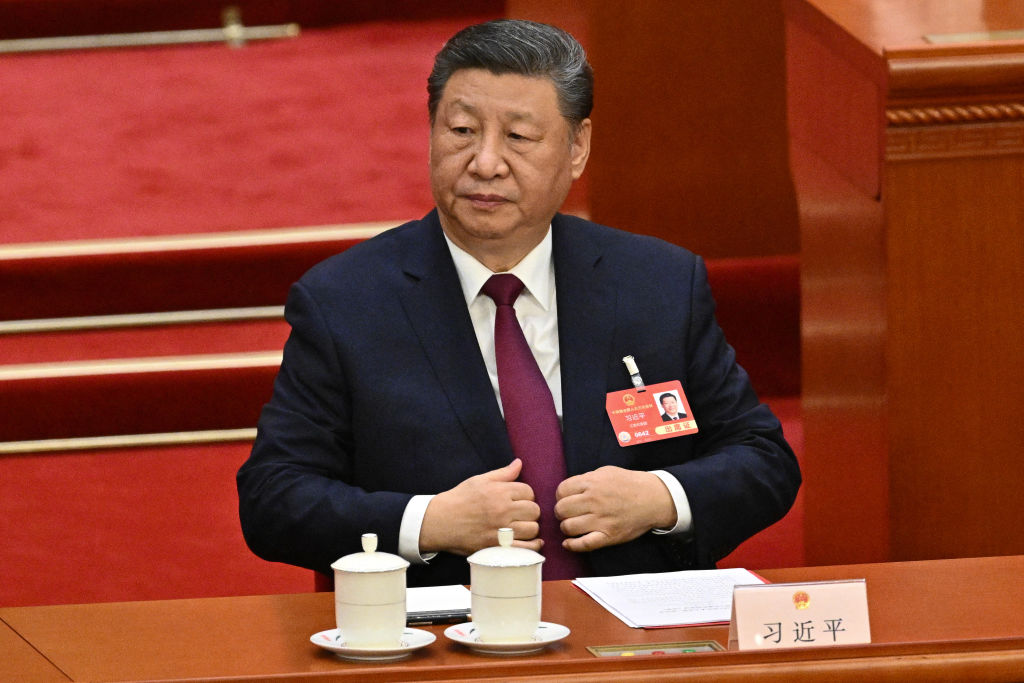


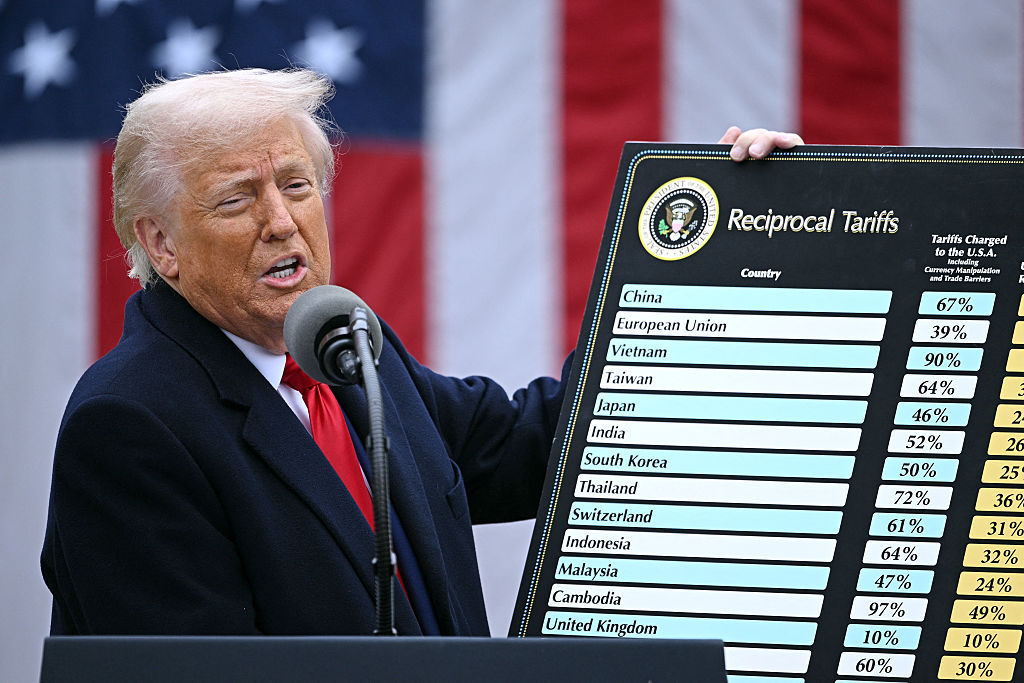







Leave a Reply